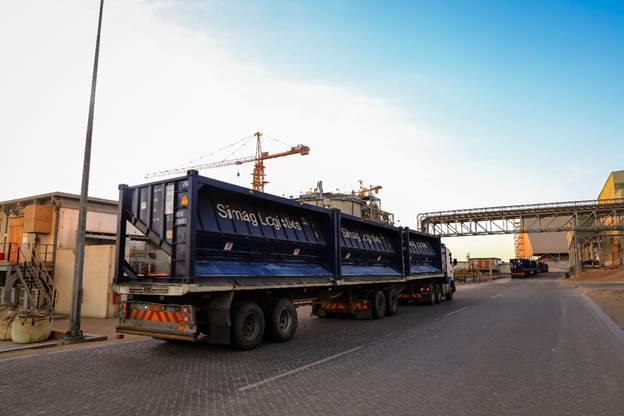Our Commitment
Careers
Media
Source:
Swakop Uranium started development of the mine in February 2013. The main part of the Husab project is the Rössing South orebody, about 5 kilometres south of the Rössing mine and 45 km northeast of Walvis Bay port. Husab plans to mine 15 million tonnes of ore per year from two separate open pits to feed a processing plant designed to produce 6000t U3O8 per year. Mine construction commenced in 2014. Production started at the end of 2016, during which year 192t U3O8 was produced. Production will ramp up to 5500t U3O8/year by 2020, with most of the product being supplied to China and up to 20% being marketed internationally by CGN Global Uranium Ltd, incorporated in the UK.
The Husab mine has five potential mineralised zones, of which two are being mined currently through open pit operations. In these zones, there are six different formations: Kalahari forms the overburden, below the Kalahari are Khan and Chuos, followed by Rossing, Karibib and the intrusive layer, which occurs a lot deeper. The ore is concentrated around the Rossing formation.
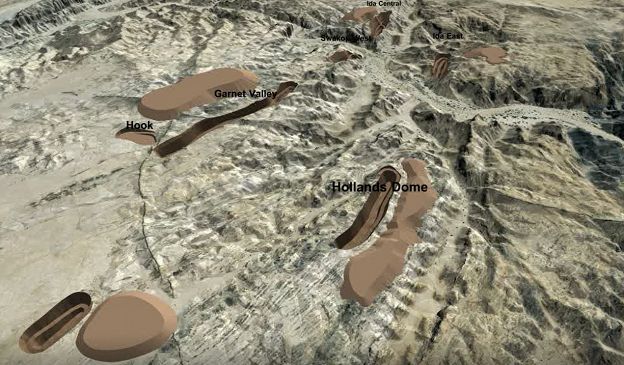
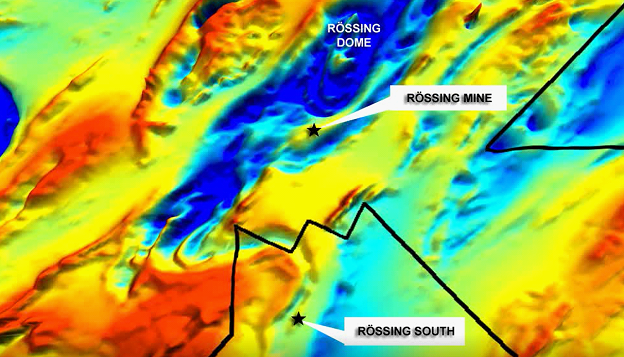
We use a conventional truck and shovel method to mine the ore body. The mining fleet consists of: six shovels that include three CAT 6060s and three CAT 7495s. In total we have 26 trucks, of which 23 are Komatsu 960Es, and three are NTE330s. There are twelve drill rigs in the pit, consisting of both diesel and electric rigs. Axillary equipment includes dozers, wheel loaders, etc.
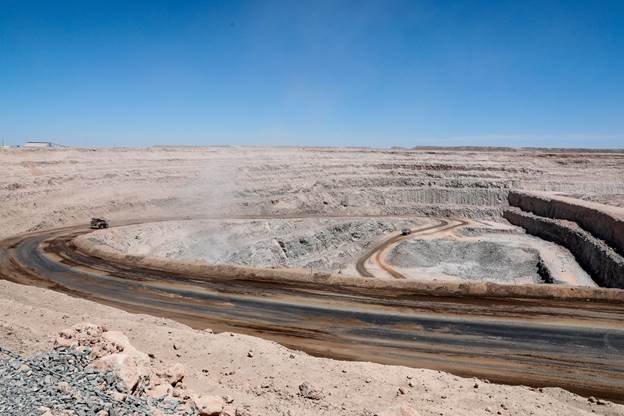
The entire fleet is designed to move between 100 million and 120 million tons per year. Given the size of our equipment and the distances covered, our fleet is installed with a Modular Fleet management system which manages, monitors, controls and ensures the safety and efficiency of our fleet.
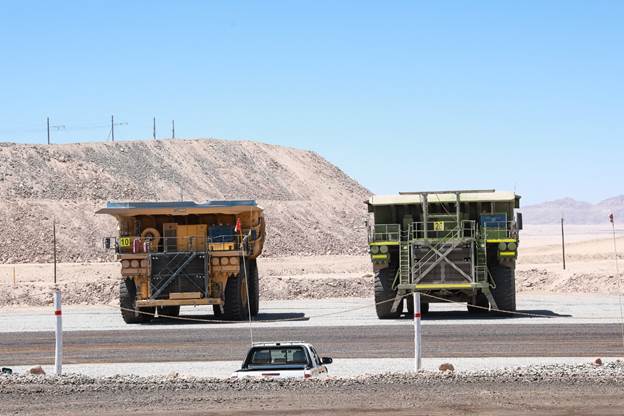
We are currently targeting 10 million tons per year of ore in the short term, ramping up to 15 million tons over the next three years. The average feed grade ranges between 500 and 600 ppm over the life of mine.
The Processing plant has five main facilities: the primary crusher, the milling circuit, the leaching unit, the counter current decantation (CCD), the ion exchange and solvent extraction (IX & SX), and then the final processing and recovery area.
The ore is dumped by the mining team into a gyratory crusher. The crushed material is then fed to a coarse ore stockpile via an overland conveyor. The ore is then reclaimed through reclaim feeders into a Semi-Autogenous Grinding (SAG) mill before being transferred into a Ball mill. From the Ball Mill the undersize material reports to vibration screens which separate the material into the correct size distribution for the leaching stage. Oversize material is fed back to the ball mill.
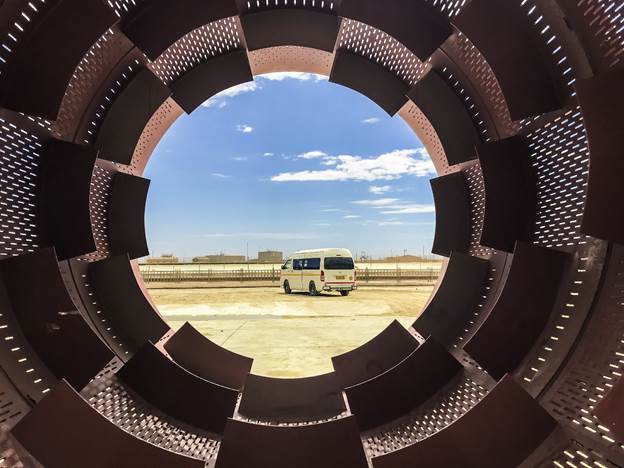
In the leach area there are 10 leach tanks in which the slurry is mechanically agitated with blades. Acid and other chemicals is added to the slurry to dissolve the uranium content in the slurry.

After leaching unit, slurry is passed on to CCD, which is a solid liquid separation process. The solids settle at the bottom and contain very little uranium. They are then pumped out to the tailings dam. The solution is then fed to IX & SX where impurities are eliminated and uranium solution is concentrated. This solution is then passed on to the final product area where it is converted into final product—U3O8 and then packaged into sealed drums through a fully automated packaging process in a fully enclosed environment. Then the drums are transported directly by road to the Port of Walvis Bay.
